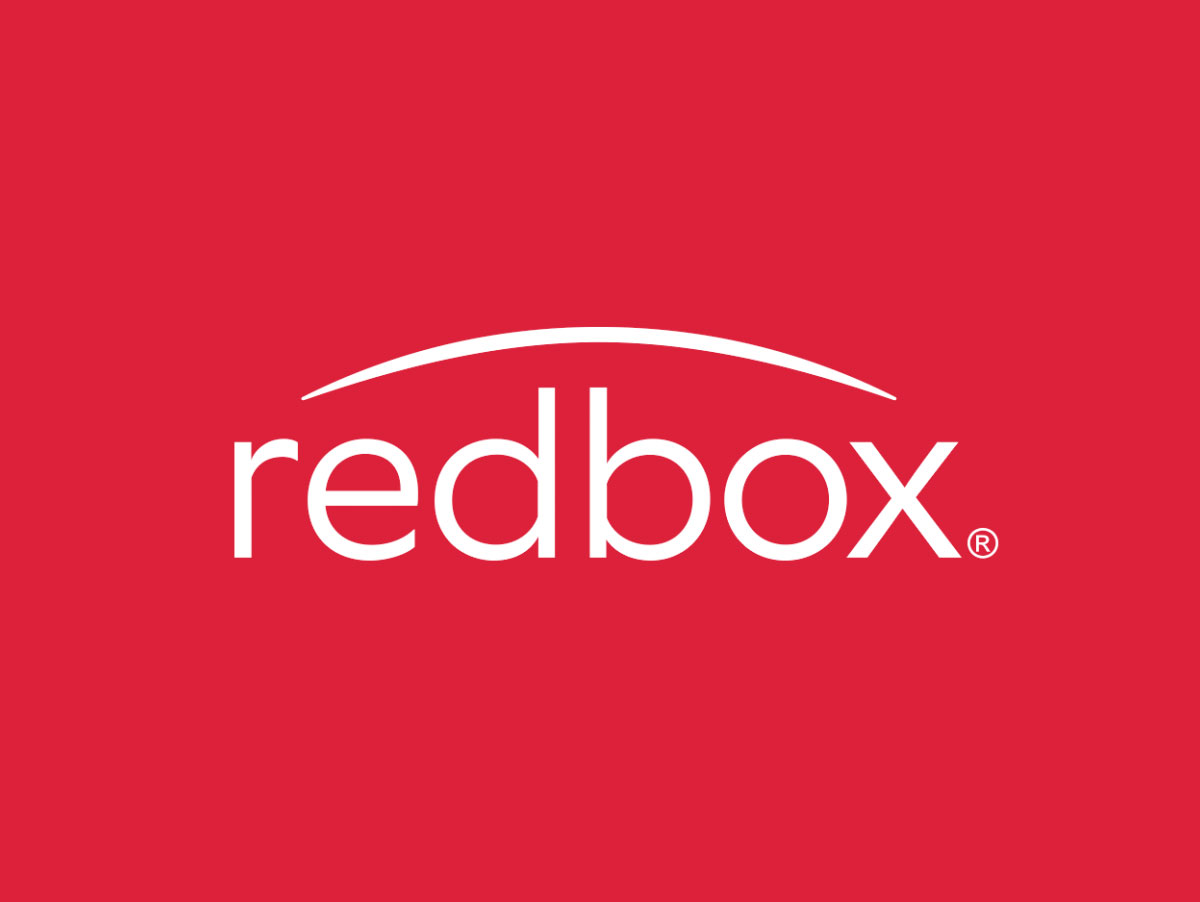Redbox Launches Digital Movie and TV Service, Without Disney Titles
Redbox is finally opening a bridge to an online digital-entertainment future, years after the streaming-video revolution took off.
The company, known for its nationwide network of DVD-rental kiosks, publicly launched Redbox On Demand on Wednesday, a service stocked with more than 6,000 movie and TV show titles available for VOD rental or electronic sell-through.
Redbox has inked deals for the service with Warner Bros., Paramount Pictures, Lionsgate, Sony Pictures Entertainment, 20th Century Fox and Universal Pictures.
Disney is the notable exception. The Mouse House hasn’t had a direct deal with Redbox for DVDs since 2012, and it is now suing Redbox, seeking to stop it from selling digital codes (extracted from DVD combo packs) for downloading or streaming Disney movies. Redbox has said in response that it’s “confident in our pro-consumer position.” Meanwhile, Disney operates a digital-locker service, Movies Anywhere, for storing and accessing content purchased from different retailers and has buy-in from other studios — but which Redbox On Denand isn’t a part of.
Redbox’s goal with the digital VOD and EST service isn’t really to take on giants like Apple’s iTunes or Amazon. Rather, the company wants to extend its base of kiosk users to digital video, and capture share of that spending.
“This is really about expanding the options for our consumers,” said CEO Galen Smith. “This allows us to go a lot broader and deeper than the selections we’re able to offer in the kiosk.”
Pricing for Redbox On Demand will be in-line with competing services. New-release VOD rentals start at $3.99 for 48-hour VOD rentals and movie purchases start at $9.99. Library content starts at $1.99.
Redbox On Demand offers many of the same new-release movies available at the kiosks, along with older movies and TV shows for rental or purchase. Initial titles available on electronic sell-through include “Dunkirk,” “The Lego Ninjago Movie” and “Flatliners”; VOD rentals include “Kingsman: The Golden Circle,” “Home Again,” “Detroit” and “All Saints.”
Ideally, Redbox On Demand service should help offset the long, slow decline of the DVD business. Redbox’s revenue peaked in 2013, and it saw a steady decline of DVD rentals over the next three years as digital streaming has boomed. (Redbox is now privately held by investment firm Apollo Global Management and does not disclose financials.)
Smith, however, sees the DVD kiosks living a long and fruitful life, catering to consumers who are price-sensitive and see convenience and value in $1.50-per-day rentals. “We think physical [discs] will be around for a very, very long time,” Smith said.
Indeed, after paring back its kiosk footprint in recent years, Redbox will have added a 1,750 net new kiosks in 2017 with Dollar General locations making up the large majority of the new installs. At the end of 2017, Redbox expects to have around 42,000 kiosks in service. And they still turn a nice profit, Smith said, calling the Redbox kiosks the “most efficient 12 square feet in retail.”
“It’s really, really important to understand that there’s segmentation in the market,” said Smith. “Having one solution, which is digital only, is not right for every consumer.”
Even absent a deal with Disney, Redbox On Demand should have more staying power than Redbox’s last attempt to push into the streaming biz. That was in 2013, when Redbox’s then-parent company Outerwall — in a joint venture with Verizon — launched Redbox Instant, a Netflix-style subscription service with about 6,000 movies. With mostly older content, it failed to gain traction and the partners folded the JV in October 2014.
Smith said Redbox On Demand differs from Redbox Instant by Verizon in key respects — and aligns with its current kiosk business much better. The new service is transaction-based instead of subscription-based, and is focused around new studio releases (which aren’t available on Netflix, Hulu or Amazon Prime) instead of catalog content.
“We think it’s a really interesting, natural extension to what we’re already doing,” he said.
The public launch of Redbox On Demand comes after the company has been kicking the tires on a digital service for more than a year and half. In July 2016 it quietly launched a closed test of “Redbox Digital,” an iPad app that offered titles for rent or purchase.
The Redbox On Demand service builds on that test. It’s launching as an integrated part of the main Redbox app, which has been downloaded more than 35 million times. The new service currently is available on Redbox’s site, iOS and Android devices, and Apple TV, Google’s Chromecast, Roku, and LG and Samsung smart TVs.
Redbox’s real opportunity is driving consumers who have used its kiosks to digital VOD and EST, Smith said. The company maintains more than 90 million consumer-marketing “touch points” in the U.S. (although the number is not unduplicated reach). That includes 45 million active email subscribers, 35 million app users and 27 million loyalty club members. In addition, the kiosk network delivers 350 million consumer impressions each week, according to the company.
“We have a powerful ability to connect with and transact with consumers,” Smith said.
In early 2018, Redbox plans to roll out a new loyalty program to let customers earn rewards points digitally and physically. Right now, Redbox’s loyalty program offers one free rental after you rent 10 movies.
In the home-entertainment sector, digital VOD has been stagnant or in decline in the past year. Through the first nine months of 2017, digital VOD revenue in the U.S. was down 3% year-over-year, according to DEG’s latest report. Smith believes Redbox On Demand can help drive up revenue for itself and its studio partners. “We think this is a good way to introduce next wave of consumers to digital on demand,” he said.


